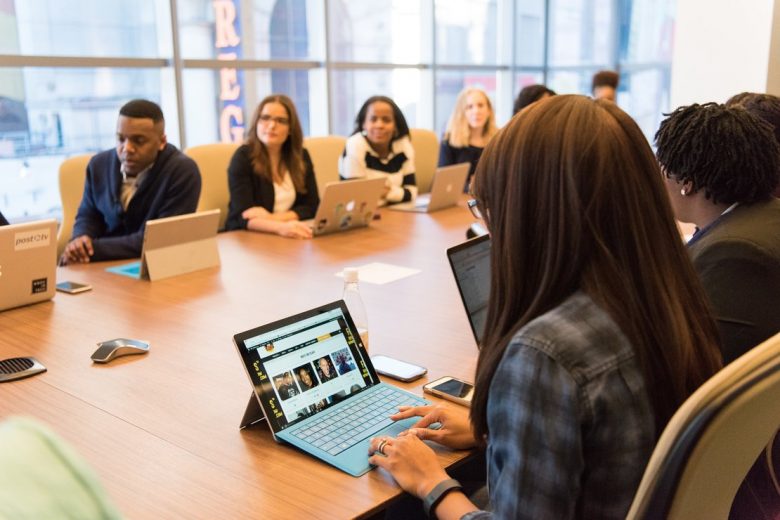How to Keep Your Meeting on Track
Are you facilitating a meeting or participating in one? Well, you have duties to perform and a role to play. Collectively, these duties and obligations work together to give a meeting that gets things done.
Omitting or ignoring these roles makes your meeting a time-suck that everyone wants to avoid. Therefore, be sure to assign the following tasks before your next scheduled meeting. The functions are essential both in a face-to-face meeting or where you engage a conference call provider.
Executing these roles will turn your meeting into a rewarding encounter among parties.
1. Choose a Leader
Do you want your next meeting to be objective? You’ll need someone to be in charge. An inspiring leader will run the show preventing the session from turning to a chit-chat show.
Choose a friendly leader to direct your meeting. The meeting leader will oversee these critical duties.
2. Determines the primary meeting details
In doing this, the leader has to ask themselves these questions.
- What equipment do they need for the success of your meeting?
- Who needs to attend the meeting?
- If attendants aren’t available at the same time, whose schedule will they workaround?
- Where will the meeting take place?
- Is there any resolution that the meeting needs to pass?
The best time for a meeting. For instance, meeting some few minutes to lunch accelerates the hunger pangs leading to disinterest among participants.
3. Develop an Agenda
A competent meeting leader drafts a simple agenda that covers all essential points. A good program emphasizes two things: the content and the process. That is, what will participants discuss, and in which order.
4. Maintain a Safe and Positive Environment & Communicates Conclusions
A leader should ensure every participant gets an opportunity to share their ideas. The leader acts as the voice of a meeting. In doing this, they must rephrase ideas and conclusions to the participants for reflection, correction, or agreement.
5. The Meeting Recorder
Other than being a secretary to the leader, they ensure documentation of ideas and resolutions. Every meeting should have a recorder who is attentive and keen to details.
Further, they should have an understanding of all the jargons that participants use. Such a person should also have a loud voice for reading back the minutes. Failure to document decisions clearly may lead to chaos, so the leader needs to be careful on the person who performs this role. Their main duties include:
6. Distributing the Agenda
The recorder needs to be familiar with the agenda. It allows them to keep things on track. Further, they’ll share them with participants allowing them to prepare for a meeting adequately.
7. Record Meeting Minutes
Accurately documenting the critical decisions, action plans, and conclusions are how recorders facilitate a successful meeting. These records act to inform those who didn’t attend the meeting on its resolutions. The timekeeper watches the clock on behalf of the leader. Like the recorder, a timekeeper needs to be neutral from the agendas of the day. These are their roles.
8. Manage a Time Limit for Agenda Items
A good agenda will indicate the time allotment for every subject or discussion. Punctuality should be a primary characteristic of a competent timekeeper.
The leader, timekeeper, and recorder should arrive fifteen minutes to the meeting. With this, they’ll have enough time to ask questions, made adjustments, and test equipment.
9. The Participant
The participant is an indispensable component when drafting the contents of a meeting. Without active participants, the conference will not identify any problem, offer solutions, or develop an action plan. A participant:
10. Understands the Purpose of a Meeting
Participants need to know why they are attending a specific meeting. That’s why a leader must send out the agenda beforehand. Even then, the participants will need to prepare to allow them to contribute more at meetings.
During the meeting, it is their job to brainstorm ideas with other participants. In this way, they’ll be able to identify problems and synthesize possible solutions. Participants need to be respectful in how they address themselves. Further, they need to observe and respect the time allotted to them.









